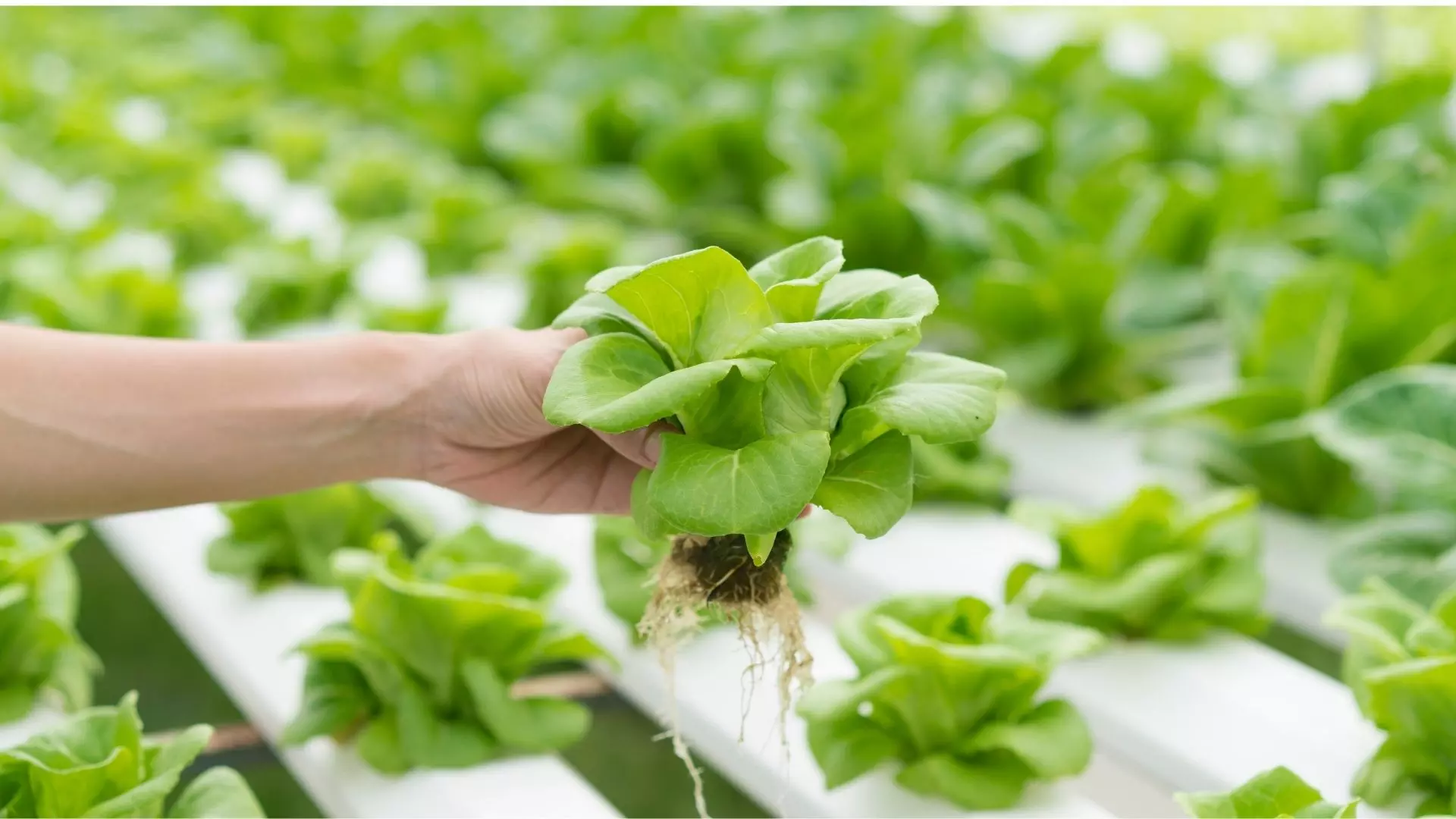Introduction:
Hydroponic farming is a groundbreaking agricultural technique that has gained significant attention in recent years. Unlike traditional soil-based farming methods, hydroponics eliminates the need for soil altogether. Instead, plants are grown in nutrient-rich water solutions, providing them with an optimal environment for growth. This innovative approach offers numerous advantages over conventional farming, including increased crop yields, water efficiency, and year-round cultivation possibilities. In this article, we will delve into the world of hydroponic farming, exploring its core principles, benefits, and potential for shaping the future of agriculture.
- The Essence of Hydroponic Farming:
In its simplest form, hydroponic farming is a method of growing plants without soil. Instead, plants are housed in a controlled environment where their roots come into direct contact with nutrient-rich water solutions. By providing plants with essential nutrients directly, growers can precisely control the balance and availability of minerals, resulting in accelerated growth and enhanced yields.
- Benefits of Hydroponics:
a. Water Efficiency: Hydroponics employs recirculating systems that use significantly less water compared to traditional farming. The closed-loop setup allows for water conservation, making hydroponics an environmentally friendly alternative.
b. Space Optimization: Hydroponic systems can be tailored to fit almost any space, making them suitable for urban areas, rooftop gardens, or even indoor setups. Vertical hydroponics, in particular, maximizes vertical space, allowing for higher crop densities.
c. Increased Crop Yields: With ideal growing conditions and precise control over nutrients, lighting, and environmental factors, hydroponics often leads to higher crop yields compared to traditional farming methods.
d. Year-Round Cultivation: By creating a controlled environment, hydroponics enables year-round cultivation, regardless of seasonal limitations or adverse weather conditions. This consistent production can ensure a steady supply of fresh produce.
- Core Components of Hydroponic Systems:
a. Growing Mediums: While hydroponics eliminates the need for soil, growers use alternative materials such as perlite, vermiculite, coconut coir, or Rockwool to provide support to plant roots and retain moisture.
b. Nutrient Solutions: Hydroponic plants rely on carefully formulated nutrient solutions that provide all the essential elements required for growth. These solutions are tailored to suit specific plant species and growth stages.
c. Control Systems: Monitoring and controlling environmental factors such as temperature, humidity, lighting, and pH levels play a crucial role in hydroponics. Advanced systems utilize sensors and automation to optimize plant conditions.
- Popular Hydroponic Techniques:
a. Deep Water Culture (DWC): Plants are suspended in nutrient-rich oxygenated water, with their roots submerged for continuous access to nutrients.
b. Nutrient Film Technique (NFT): A thin film of nutrient solution continuously flows over the plant roots, providing a constant supply of nutrients.
c. Aeroponics: Plants are suspended in air or a misted environment, with their roots exposed and periodically sprayed with nutrient solutions.
Conclusion:
Hydroponic farming represents a transformative shift in agriculture, offering a sustainable and efficient solution to the challenges faced by traditional farming methods. By embracing soilless cultivation, growers can overcome limitations imposed by climate, soil quality, and land availability. With its remarkable water efficiency, higher crop yields, and ability to cultivate year-round, hydroponic farming holds great promise for addressing global food security concerns. As technology advances and knowledge grows, we can expect hydroponics to play an increasingly vital role in shaping the future of agriculture.
